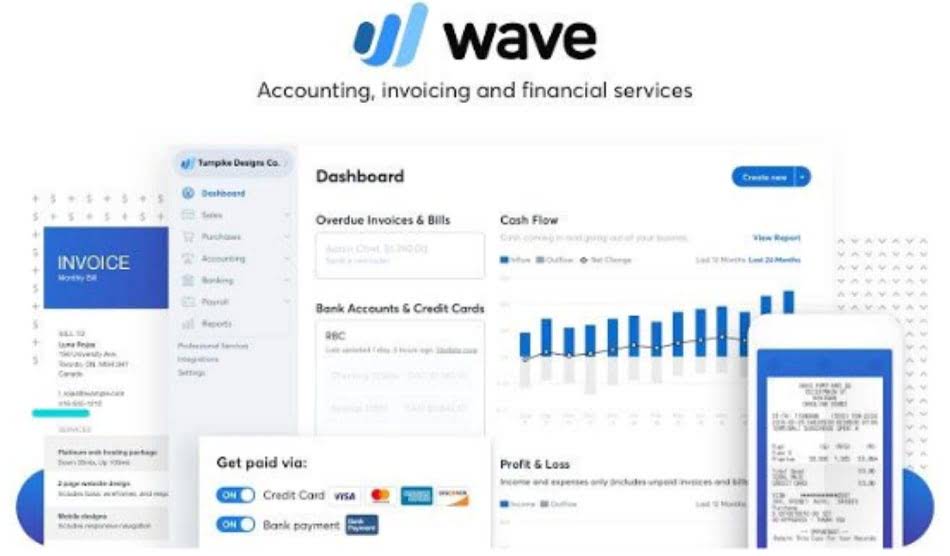
The risk can be tolerated if it produces income through finance charges or through increased sales. The function of a company’s credit department is to establish and enforce credit policies. Most AR teams must navigate a patchwork of legacy systems, reports, spreadsheets, and tools to retrieve data and complete work. Siloed, hard-to-find law firm accounts receivable management data prevents learning from real-time and historical data.
- Software like Upflow for instance centralizes and tracks real-time customer payment timelines and cash applications.
- The higher the part of credit sales out of total sales, the figures of receivables will also be more, or vice versa.
- If you use paper billing, you can still automate your communications to save time and streamline your process a little.
- Accounts receivable management is the process of managing and collecting outstanding requisitions from customers.
- While the above outlines the general payment management process, another important (and ongoing) aspect of A/R management is the reporting and monitoring of a company’s current state of finances.
Mục Lục
- 1 Make Payments Easy for Customers
- 2 Ask ChatGPT: Which is the Best Travel and Expense Management Software?
- 3 What is accounting receivable management?
- 4 Classification of Receivables
- 5 Use automation tools like Synder for AR tasks
- 6 Money Market: Meaning, Definition, Features, Importance, Characteristics, Functions
Make Payments Easy for Customers
For information pertaining to the registration status of 11 Financial, please contact the state securities regulators for those states in which 11 Financial maintains a registration filing. Other types of transactions may create receivables, such as payments of advances and deposits, or filing for tax refunds. Receivables occasionally arise from lending cash to others, but these transactions are unusual for most businesses that are not financial institutions.
Ask ChatGPT: Which is the Best Travel and Expense Management Software?
In a normal situation, there is a positive relation between the sales volume and the profit. Someone on our team will connect you with a financial professional in our network holding the correct designation and expertise. Our writing and editorial staff are a team of experts holding advanced financial designations and have written for most major financial media publications. Our work has been directly cited by organizations including Entrepreneur, Business Insider, Investopedia, Forbes, CNBC, and many others. At Finance Strategists, we partner with financial experts to ensure the accuracy of our financial content.

What is accounting receivable management?
Accounts receivable (AR) management is a complex function within a business, and includes credit policies, invoicing procedures, and collection tactics. Each of these processes comes with its own set of challenges and opportunities for improvement. For unearned revenue example, a well-crafted invoice can expedite payment timelines, while one that is confusing or unclear can lead to delays, disputes, or even legal action. Accounts Receivable (AR) is the amount of money that a business is entitled to receive from its customers or clients for goods sold or services rendered on credit.

- In contrast, the A/R figures that you’ll see on a given financial report will exclusively reflect the specific value at the moment the reporting period is ended—offering little insight into the preceding days or weeks.
- Other types of transactions may create receivables, such as payments of advances and deposits, or filing for tax refunds.
- Receivables occasionally arise from lending cash to others, but these transactions are unusual for most businesses that are not financial institutions.
- Tools like accounts payable solutions and accounts receivable factoring can help streamline processes and provide flexibility when needed.
- Provide contact information on customer-facing materials so customers know who to reach out to with questions.
Colloquially, the term “accounts receivable” is also frequently used to refer to the related departments, personnel, and systems responsible for managing and tracking these unpaid debts. While the above outlines the general payment management process, another important (and ongoing) aspect of A/R management is the reporting and monitoring of a company’s current state of finances. When it comes to running an accounting firm efficiently, managing various operational aspects can be overwhelming.

Classification of Receivables
This strategy streamlines the collection process and avoids any confusion for your customers. Now that we have cleared that up, follow these 8 tips to improve your receivables management and make payment collection effortless and efficient. That’s why practices like past-due accounts review and clear payment policies can save you time and sanity. And for the ultimate game-changer, accounting automation tools like Synder have your back, optimizing the heavy lifting and speeding up the whole process. If you want to get paid faster, you can offer customers a discount for early payments. Add terms like 2/10 net 30 to your invoices—this means they get a 2% discount if they pay within 10 days, or they pay the full amount in 30 days.

Use automation tools like Synder for AR tasks
Stripe Revenue Recognition streamlines accrual accounting so you can close your books quickly and accurately. Automate and configure revenue reports to simplify compliance with IFRS 15 and ASC 606 revenue recognition standards. Accounts payable optimization is often the first target for businesses seeking a stronger working capital position, but it’s not the only option available. Accounts receivable optimization is another opportunity that’s well worth pursuing.
- When your payment terms are simple, you save time, avoid misunderstandings, and ensure smoother cash flow.
- This practice helps maintain healthy cash flow, reduces the risk of bad debts, and ensures timely payments.
- Much more involved than cashing a check or ticking a “paid” box, A/R management directly impacts your business’s cash flow and liquidity and, ultimately, your organization’s bottom line.
- Effective communication increases trust and the flow of information in buyer-supplier relationships, whereas ineffective communication limits it.
- Non-trade receivables encompass amounts owed to the business that are not directly related to its core operations.
Money Market: Meaning, Definition, Features, Importance, Characteristics, Functions

Fifty-five percent of AR professionals say dispute management is their most difficult task. Making this AR management process easier can improve both employee happiness and resource management internally, and customer experience on the external side. These best practices take the guesswork out of A/R management and can help your business reduce the risk of encountering the common challenges mentioned above. Basil virtual accountant offers an intuitive platform that integrates features like task management, client communication, document management, secure eSignatures, and more, all within a single interface.

Xin chào! Tôi là Luna Nguyễn người làm nội dung trên website: tracuudisc.com . Mọi góp ý của các bạn đều là động lực giúp chúng tôi hoàn thiện hơn vậy nên đừng ngại ngùng hãy comment suy nghĩ của các bạn khi trải nghiệm trên website tracuudisc.com nhé!
